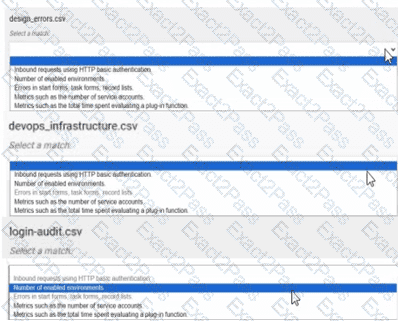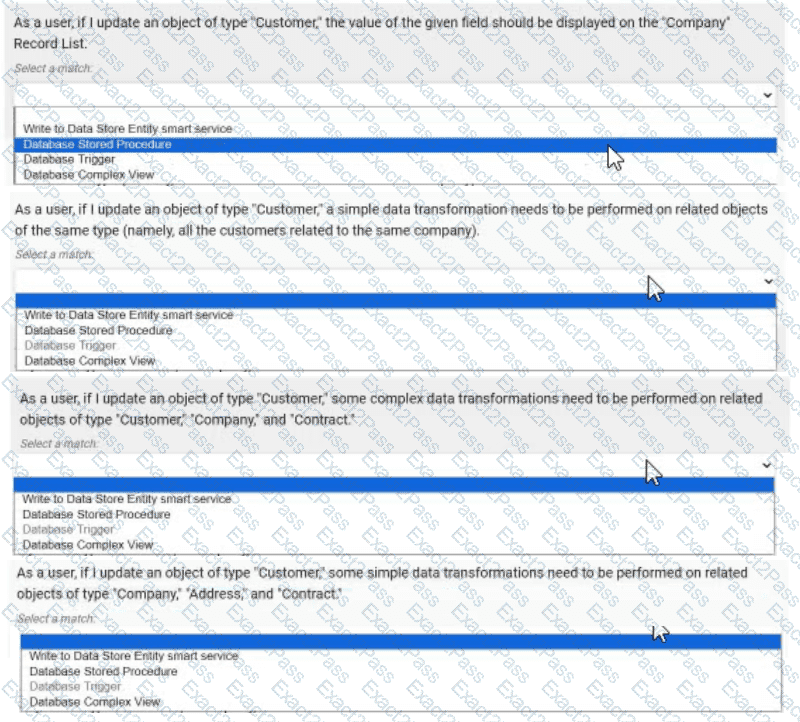Last Update 5 hours ago Total Questions : 45
The Appian Certified Lead Developer content is now fully updated, with all current exam questions added 5 hours ago. Deciding to include ACD301 practice exam questions in your study plan goes far beyond basic test preparation.
You'll find that our ACD301 exam questions frequently feature detailed scenarios and practical problem-solving exercises that directly mirror industry challenges. Engaging with these ACD301 sample sets allows you to effectively manage your time and pace yourself, giving you the ability to finish any Appian Certified Lead Developer practice test comfortably within the allotted time.
You are just starting with a new team that has been working together on an application for months. They ask you to review some of their views that have been degrading in performance. The views are highly complex with hundreds of lines of SQL. What is the first step in troubleshooting the degradation?
You need to connect Appian with LinkedIn to retrieve personal information about the users in your application. This information is considered private, and users should allow Appian to retrieve their information. Which authentication method would you recommend to fulfill this request?
You are reviewing log files that can be accessed in Appian to monitor and troubleshoot platform-based issues.
For each type of log file, match the corresponding Information that it provides. Each description will either be used once, or not at all.
Note: To change your responses, you may deselect your response by clicking the blank space at the top of the selection list.

You need to generate a PDF document with specific formatting. Which approach would you recommend?
What are two advantages of having High Availability (HA) for Appian Cloud applications?
You have an active development team (Team A) building enhancements for an application (App X) and are currently using the TEST environment for User Acceptance Testing (UAT).
A separate operations team (Team B) discovers a critical error in the Production instance of App X that they must remediate. However, Team B does not have a hotfix stream for which to accomplish this. The available environments are DEV, TEST, and PROD.
Which risk mitigation effort should both teams employ to ensure Team A’s capital project is only minorly interrupted, and Team B’s critical fix can be completed and deployed quickly to end users?
For each scenario outlined, match the best tool to use to meet expectations. Each tool will be used once
Note: To change your responses, you may deselected your response by clicking the blank space at the top of the selection list.


